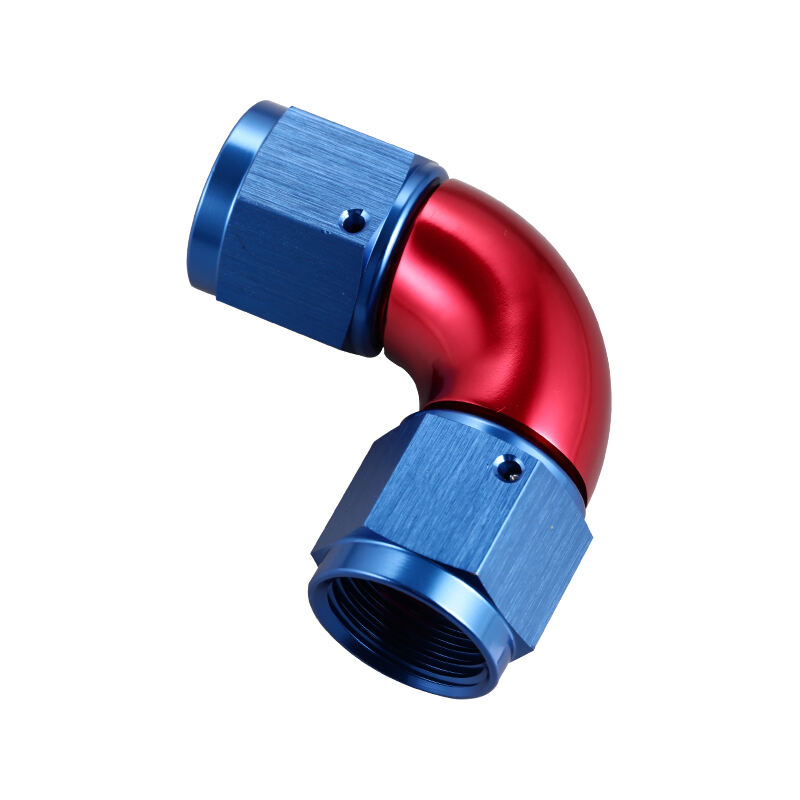
Every part in high-performance automotive systems is important for the overall system to work efficiently. In these applications, full flow fittings are among the most important components as such applications require effectiveness and dependability. This article analyzes the full flow fittings in the context of high performance automotive usage.
Fluid Flow Control
Full flow fittings possess the ability to have minimal restrictions, allowing fluids to flow freely without turbulence or dissipation of pressure. This aspect is critical in automotive systems as fuel and fluid flow is an integral parameter for the system’s output. Minimizing pressure losses has the effect of maximizing the engine’s productivity and power output through the use of these fittings.
Safety Improvements
Safety in vehicles operating at high performance levels is very important feature to consider. Regulations regarding safety in relation to full flow fittings regulate how far these fittings can go in minimizing leakages of fuel and hydraulic brake lines which can be dangerous. The fittings equip the hydraulic fluid lines with strong connections that reduce the chances of spillages on the track or the road which are a hazard.
Material Considerations and Design Process
Full flow fittings can be made of various materials, such as aluminum and stainless steel. The selection of material is made based on the requirements which a vehicle has as well as the operating conditions. While aluminum fittings are light-weight, thus facilitating racing applications, stainless steel provides better strength and corrosion resistance.
Racing Applications
In motorsports where every tenth of a second counts, the speed of fluid transfer systems can be a game changer. Full flow fittings are used in fuel lines, oil lines, hydraulic systems and other sub-systems to deliver fluids at a fast rate. Their consistent performance can help reduce lap times and contribute to the performance of the vehicle.
Full flow fittings are parts which are widely used in high performance automotive systems. They enable better fluid flow rates as well as connection safety and reliability, making them important in racing as well as other applications. Understanding their function, automotive engineers and enthusiasts can enhance both performance and reliability in their designs.